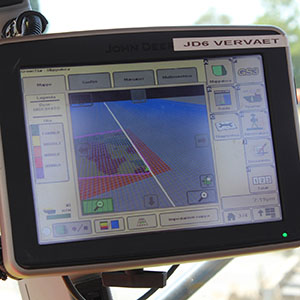A scoping review of side-dress nitrogen recommendation systems and their perspectives in precision agriculture

Accepted: 9 December 2021
Appendix: 82
HTML: 24
All claims expressed in this article are solely those of the authors and do not necessarily represent those of their affiliated organizations, or those of the publisher, the editors and the reviewers. Any product that may be evaluated in this article or claim that may be made by its manufacturer is not guaranteed or endorsed by the publisher.
A scoping review of the relevant literature was carried out to identify the existing N recommendation systems, their temporal and geographical diffusion, and knowledge gaps. In total, 151 studies were identified and categorised. Seventy-six percent of N recommendation systems are empirical and based on spatialised vegetation indices (73% of them); 21% are based on mechanistic crop simulation models with limited use of spatialized data (26% of them); 3% are based on machine learning techniques with the integration of spatialised and non-spatialised data. Recommendation systems appeared worldwide in 2000; they were often applied in the exact location where calibration had been carried out. Thirty percent of the studies use advanced recommendation techniques, such as sensor/approach fusion (44%), algorithm add-ons (30%), estimation of environmental benefits (13%), and multi-objective decisions (13%). However, some limitations have been identified. For example, empirical systems need specific calibrations for each site, species, and sensor, rarely using soil, vegetation, and weather data together, while mechanistic systems need large input data sets, often non-spatialised. We conclude that N recommendation systems can be improved by better data and the integration of algorithms.
Highlights
- A scoping review of the main side-dress nitrogen recommendations systems.
- Empirical models are the most common but difficult to generalize.
- Mechanistic models and machine learning rarely consider spatial variability.
- Advanced solutions propose data/algorithm fusion and study environmental outcomes.
- Future research must maximize the integration of high-resolution monitoring data.
How to Cite

This work is licensed under a Creative Commons Attribution-NonCommercial 4.0 International License.
PAGEPress has chosen to apply the Creative Commons Attribution NonCommercial 4.0 International License (CC BY-NC 4.0) to all manuscripts to be published.

 https://doi.org/10.4081/ija.2021.1951
https://doi.org/10.4081/ija.2021.1951



